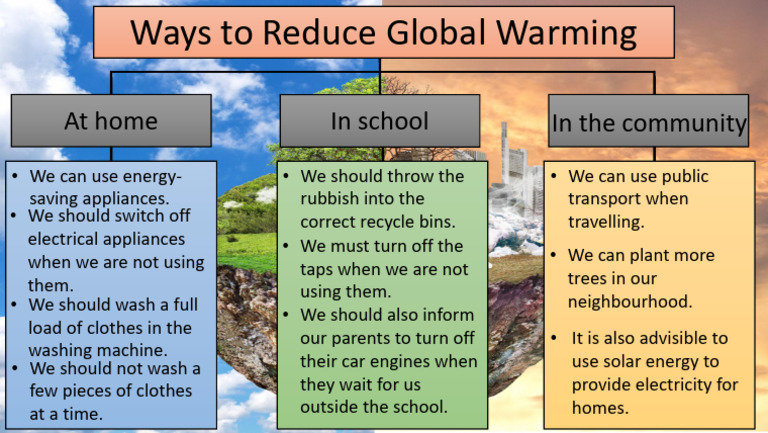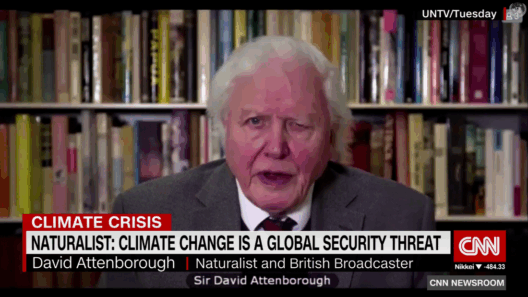The battle against global warming is inexorably linked to how much electricity we consume. The staggering rise in electricity demand contributes significantly to greenhouse gas emissions, primarily through fossil fuel combustion. Shifting our focus to reducing energy consumption can yield substantial environmental dividends, mitigating climate change effects while establishing sustainable living practices. The following exploration presents effective energy-saving strategies and their profound impact on protecting our planet.
Understanding the dynamic relationship between electricity consumption and global warming necessitates a basic comprehension of how energy is produced. A significant portion of electricity generation still relies on fossil fuels, such as coal, oil, and natural gas. These fuels emit carbon dioxide (CO2) and other harmful pollutants, exacerbating climate change and air quality issues. Therefore, by decreasing our electricity usage, we can directly diminish the demand for these energy sources, leading to a consequential reduction in CO2 emissions.
In recent years, innovative technologies and heightened awareness of sustainability have birthed a myriad of energy-saving solutions for households and businesses alike. Transitioning to energy-efficient appliances is one of the simplest yet most effective ways to curtail electricity consumption. Replacing outdated devices with Energy Star-rated options can yield savings of 10 to 50 percent on electricity usage. These appliances use advanced technology to decrease energy waste, rendering them both environmentally and economically advantageous.
Moreover, the implementation of smart technology in homes exemplifies a forward-thinking approach to energy conservation. Smart thermostats, for instance, learn household patterns to optimize heating and cooling schedules, averting unnecessary energy expenditure. This technology not only encourages an energy-conscious lifestyle but also fosters a greater understanding of consumption habits. The result is a dual benefit of reduced carbon footprints and lower utility bills.
Lighting is another critical area ripe for energy savings. Traditional incandescent bulbs consume an exorbitant amount of electricity compared to their modern counterparts, particularly compact fluorescent lamps (CFLs) and light-emitting diodes (LEDs). The transition to these energy-efficient light sources can reduce energy costs by up to 75%. Moreover, their longevity means fewer replacements, thus minimizing waste. Switching off unnecessary lights and utilizing natural daylight are additional remedies that can further diminish electricity use while enhancing indoor ambiance.
Insulation plays a pivotal role in maintaining energy efficiency within buildings. Properly insulating walls, attics, and floors can significantly reduce the reliance on heating and cooling systems, which are major electricity consumers. Ensuring that windows are well-sealed to prevent drafts complements this effort. The repercussions of such measures are far-reaching—reduced energy bills, smaller carbon footprints, and enhanced comfort are just the beginning.
Behavioral adjustments also serve as a vital component in the quest for energy savings. Simple actions such as unplugging chargers when not in use, turning off devices, and utilizing power strips can cumulatively lead to remarkable reductions in energy consumption. Educating family members, roommates, or employees about the impact of their actions fosters a collective ethos of conservation that extends far beyond individual behavior.
Embracing renewable energy sources is another transformative strategy. While not solely contingent upon individual actions, the choice to invest in solar panels or wind energy substantially reduces reliance on fossil fuels. Utilizing alternative energy sources leads to a decline in emissions and positions you as a constructive force in the fight against climate change. Additionally, local or state incentives often facilitate these transitions, making them more accessible.
Moreover, the cultivation of sustainable habits in daily life extends beyond the home. Public transportation, carpooling, biking, or walking not only alleviates traffic congestion but also diminishes the carbon footprint. The reliance on automobiles, typically powered by fossil fuels, significantly contributes to greenhouse gas emissions. By opting for sustainable transportation alternatives, the effectiveness of energy conservation can transcend the household, promoting a communal approach towards a healthier planet.
Community engagement in energy conservation initiatives can catalyze broader societal changes. Local workshops, tree-planting events, and awareness campaigns can forge a stronger connection between individuals and the overarching goal of sustainability. Collaborating with local organizations to promote energy-efficient practices cultivates a culture of responsibility, leading to more significant reductions in overall energy consumption.
Lastly, it is vital to continuously stay informed about advancements in energy efficiency and changes in technology. The energy landscape is shifting rapidly, with new innovations emerging regularly. Subscribing to newsletters, attending local seminars, or participating in online forums can provide valuable insights into effective practices and tools to conserve energy. Such knowledge empowers individuals and communities to contribute actively to the global narrative on climate change mitigation.
In conclusion, the connection between electricity consumption and global warming is undeniably critical. By adopting energy-saving measures, not only can individuals reduce their carbon footprint, but they can also inspire a broader shift towards sustainable living. The promise of a healthier planet is intertwined with the choices we make today. Through innovative appliances, smart technology, behavioral adjustments, and community engagement, the path to reducing global warming through electricity conservation is increasingly vivid. It is not merely a challenge; it is an opportunity for transformation—one small action at a time.








